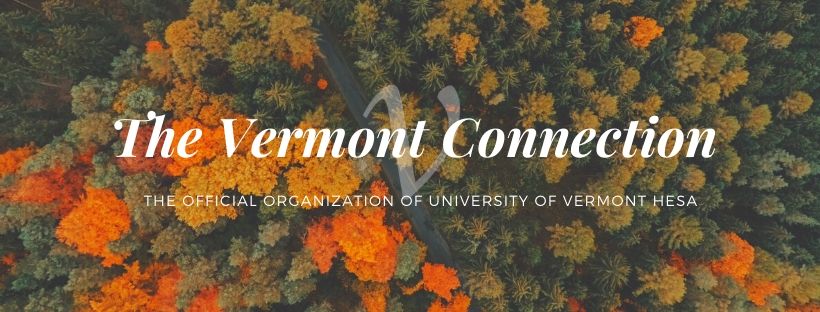
Abstract
This article will outline the history of homosexual identity classification and the societal contexts that influenced the development of several commonly used queer identity models. The emergence of the term “homosexual” in 1869 reflected an increased interest in identifying, defining, and regulating queer behavior and identity (Sullivan, 2003). Since then researchers, scientists, doctors, and queer rights activists have clamored to develop ways of contextualizing homosexuality with various, and sometimes horrific results. Exploring the history and impact of dominant heterosexual culture on homosexual identity will provide student affairs professionals with a more complete understanding of the systemic legacy of challenges that queer college students face.
Recommended Citation
Fricke, K. (2010). The Influence of Society on Queer Identity Development and Classification. The Vermont Connection, 31(1). https://scholarworks.uvm.edu/tvc/vol31/iss1/5